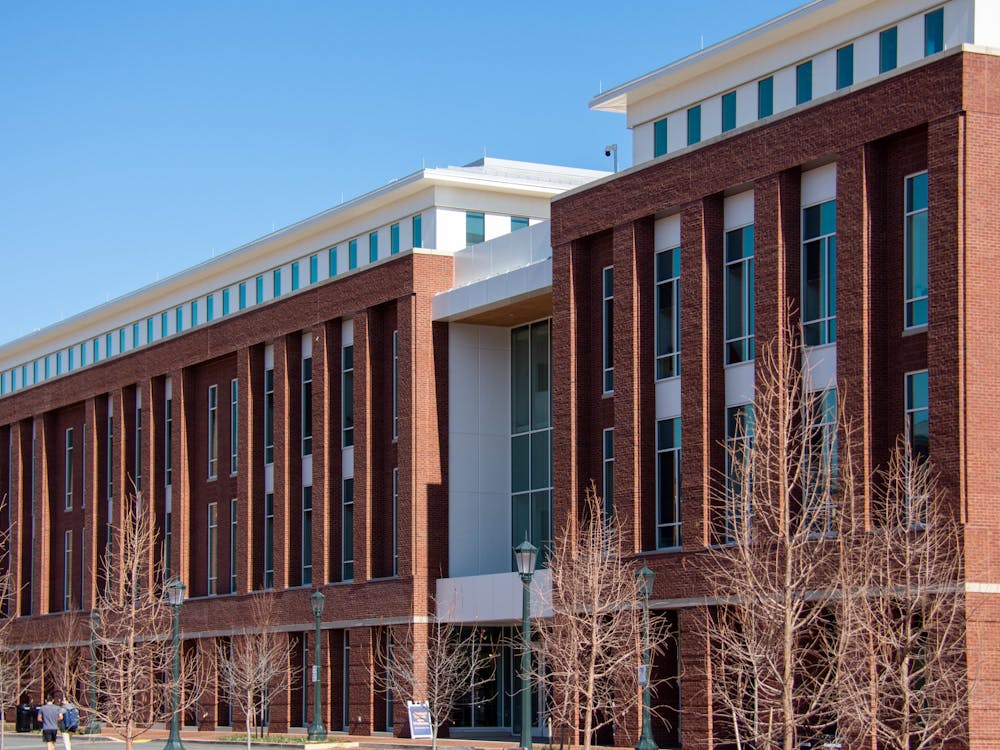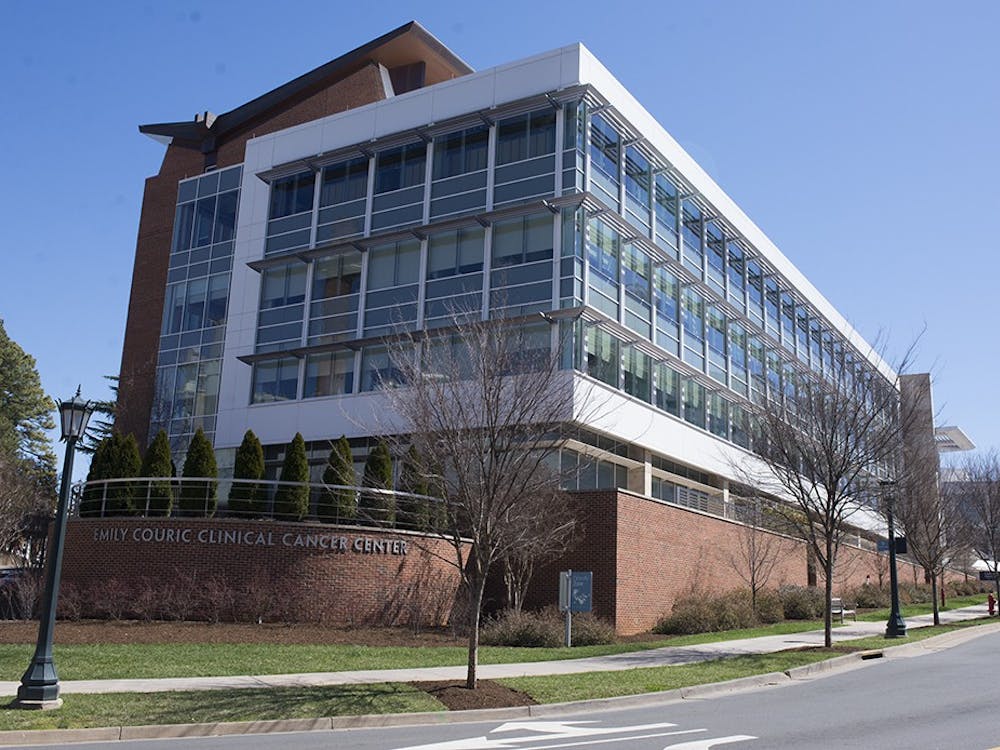It’s Friday night and you’ve spent every minute of the last week on the bottom floor of Clemons cramming for midterms. You just typed the last word of your last take-home history exam. Your roommates are pre-gaming down the hall and as much as you want to celebrate the end of exams, that last cup of coffee is wearing off and your eyelids are feeling extremely heavy. An alcoholic energy drink may be the answer to your problem.
In recent years, the popularity of alcoholic energy drinks has steadily increased. What started as a trend of mixing popular energy drinks with alcoholic spirits has become a distinct part of a larger industry. Packaged mixed beverages are now commonly available in a wide variety of types and brands.
The popularity of the drinks may be attributed to the carbonated malt beverages’ two-in-one effect: They give drinkers a jolt of energy along with enough alcohol to potentially accelerate your night. Most of the ingredients of alcoholic energy drinks are similar to those of normal energy drinks. For instance, one 23.5-ounce can of original flavored Joose contains natural flavors, caffeine, taurine, ginseng, certified colors and malt liquor. The only difference between a drink like Joose and a standard energy drink is the 9.0 to 9.9 percent of alcohol per volume in each can.
Before the alcoholic energy drink phenomenon really gained steam, energy-starved partiers frequently combined their favorite energy drinks with the liquor of their choice to create a cocktail that would invigorate their senses and let them party all night long. Brewing companies have since taken on the task of packaging ready-made versions of these cocktails in colorful cans with catchy titles like Joose, Sparks and Tilt. Most companies add fruity flavoring and artificial sweeteners, and then market their product to fans of caffeine, malt liquor and vibrant colors.
Alcoholic energy drinks appeal to young (legal) consumers for many reasons — one being that they are affordable by most standards. On average, one alcoholic energy drink costs $1.75, significantly cheaper than an energy drink without alcohol. Second, one alcoholic energy drink contains an average of 7 percent alcohol, which is more than the average can of beer’s 5 percent. Third, unlike canned beer, which is almost exclusively sold in bulk, alcoholic energy drinks are conveniently sold in individual cans.
The main attraction, however, are the drinks’ combination of stimulating and intoxicating effects. Drinking one alcoholic energy drink can be the determining factor in deciding whether your Friday night is spent dancing the night away at bars, or passed out in your bed at 1 a.m. But is this combination of stimulants and depressants a healthy solution for Friday night fatigue?
Combining caffeine and liquor is no new discovery. Although this combination has not been found to be directly detrimental to the body, its indirect effects have attracted negative attention throughout history. When consumed in large quantities, caffeine is known to lead to accelerated heart rates, insomnia and loss of appetite. When combined with alcohol, drinkers experience both the after effects of drinking caffeine as well as the intoxicating effects of alcohol.
Caffeine, when combined with alcohol, is rumored to reduce the intoxicating effects that alcohol has on its drinker. For instance, coffee is often used to sober up drinkers. This common rumor, however, is entirely misleading.
University Orthopaedic Surgery Assoc. Prof. Eric Carson said, “The combination of stimulants and depressants throws the body off track. Overall, when you look at energy drinks and alcohol, the stimulants appear to override the effects of the alcohol. This, however, is a false sensation. The liver metabolizes alcohol slower than the body metabolizes stimulants, allowing consumers to feel the effect of the stimulants before the alcohol. The effects of this combination are determined by the amount of alcohol consumed in a certain period of time. As with all alcohol consumption, the more alcohol that is consumed, the stronger the effects.”
Thus, caffeine does not, in any way, reduce the effects of alcohol or induce sobriety. Instead, it masks these effects, giving the consumer a false sense of sobriety. A false sense of sobriety can, in turn, cause intoxicated individuals to perform tasks that they would not attempt when knowingly inebriated, indirectly placing them in harm’s way.
It comes as no surprise, then, that some brewing companies recently have come under fire for the production of alcoholic energy drinks. MillerCoors Brewing Company, for example, has had to substantially alter the ingredients of its alcoholic energy drink, Sparks, after losing several legal battles. Though MillerCoors has agreed to remove the stimulants caffeine, taurine, guarana and ginseng from its product, other concerned attorneys have also pointed fingers at the youth-oriented marketing tactics of alcoholic energy drinks. Many believe that the targeted consumer groups — high school and college-aged young adults — are not responsible enough to make appropriate behavioral decisions when under the influence of alcoholic energy drinks and that these products should be instead marketed for adults capable of responsibly handling the beverages’ intoxicating effects. But flashy colors and vibrant titles seem especially attractive to a younger crowd. After all, it’s not everyday that a forty-year-old man opts to pick up a can labeled “Joose” or “Sparks” instead of his usual six-pack of beer.
So next Friday night when your eyelids are drooping and your bed is calling your name, will you crack open a flashy can of malt liquid energy or ask your roommates to keep it down so you can take a quick pregame nap? The choice is yours — a racing heart rate and false sense of sobriety, or hitting the bars an hour later than planned. Pick your poison!
Jade Hall is a third-year College student. She can be reached at j.hall@cavalierdaily.com.






